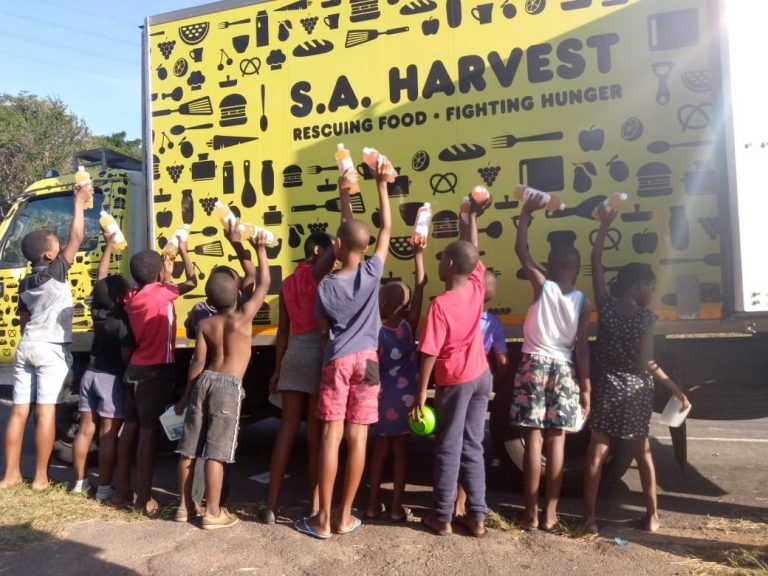Malnutrition in South Africa is an ongoing challenge that directly undermines human potential and social progress. While the South African Constitution guarantees everyone’s right in South Africa to food, a recent national survey undertaken by the Human Sciences Research Council (HSRC) revealed that 63.5% of South African households face food insecurity. These results were launched by the Department of Agriculture, Land Reform and Rural Development (DALRRD) on 10 October 2024.
Perhaps most tragic of all is that among them are families with children up to the age of five, where hunger and severe malnutrition are a daily reality. This grim scenario reflects a larger crisis: childhood malnutrition, which stunts both cognitive development and future opportunities for a large segment of the population. The human cost of malnutrition is far-reaching, and South Africa’s future prosperity hinges on how we address this issue today.
Understanding the nutritional divide
South Africa’s food insecurity is not just about lack of access to food; it’s about access to nutritious food. In marginalised communities, access to a varied diet is a luxury. Families are often forced to subsist on low-cost, starchy staples like maize, which offer calories but lack essential nutrients. This results in both undernutrition and rising rates of diet-related diseases such as obesity and diabetes – a stark contradiction that highlights a broken food system. The consequence is devastating: 23% of South African children live in severe child food poverty (UNICEF), which can contribute to often irreparable cognitive impairment.
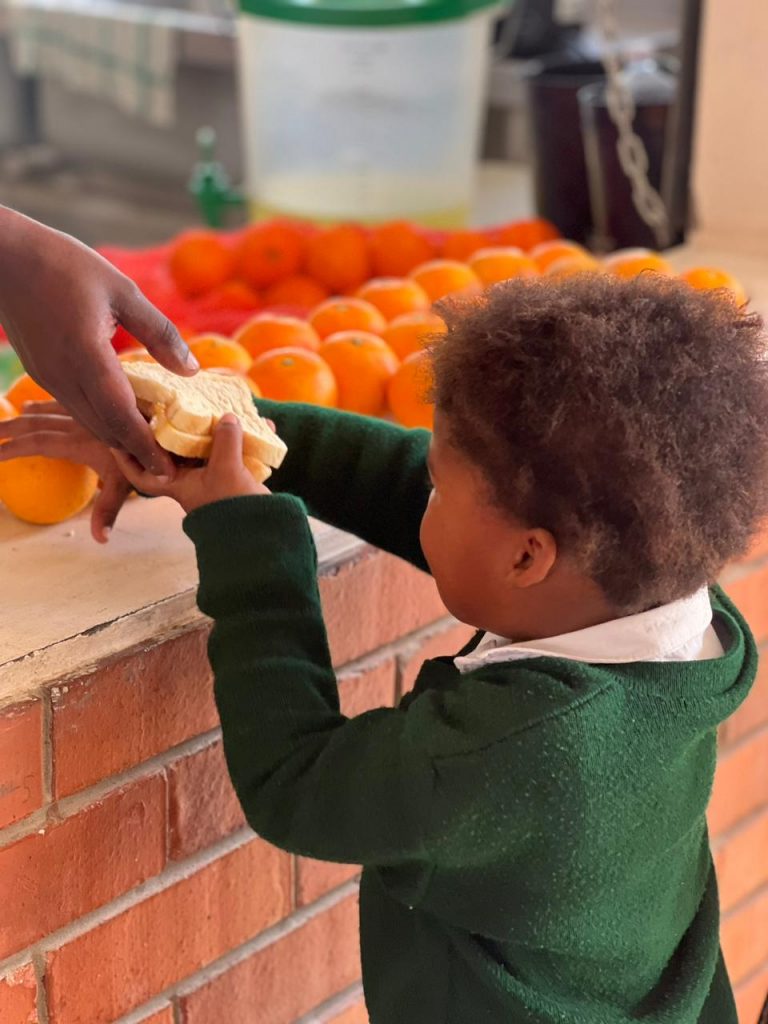
Research indicates that food insecurity negatively affects cognitive development, impeding children’s ability to reach their full cognitive, physical, and psychosocial potential. Specifically, it is associated with poorer performance in maths and reading skills, as well as limited academic improvements over time (UNICEF). Furthermore, 27% of children up to the age of five in South Africa are indeed stunted and suffer wasting due to chronic malnutrition (Frontiers). In the long run, these children face higher barriers to education and employment, trapping them in cycles of poverty that are difficult to break.
This nutritional divide is not just a problem for today’s children; it is a barrier to the country’s future growth. A population unable to access nutritious food will struggle with health issues, productivity losses, and social instability (WHO, World Bank, FAO, The Lancet). Moreover, malnutrition in mothers can initiate a deprivation cycle, impacting child mortality, disease, educational performance, and work productivity (FAO), further entrenching gender disparities in food security. To build a resilient and equitable society, South Africa must prioritise not just feeding its people but nourishing them from before birth with healthy, balanced diets.
Reimagining solutions: SA Harvest’s approach
SA Harvest recognises that addressing malnutrition requires more than just delivering calories. It demands a systemic shift towards the equitable distribution of nutrient-dense foods, alongside meaningful interventions to transform how communities engage with nutrition.
At the heart of our approach is food rescue – recovering surplus food that would otherwise go to waste and redirecting it to communities in need. However, SA Harvest’s model goes beyond traditional food rescue by focusing on the nutritional quality of the food we rescue and distribute. Utilising bespoke technology, we ensure that the meals delivered are balanced and rich in the nutrients essential for healthy development, particularly for young children and vulnerable groups. By collecting nutritional data to track the nutritional value of distributed meals, we ensure that our interventions support not just survival but long-term health.
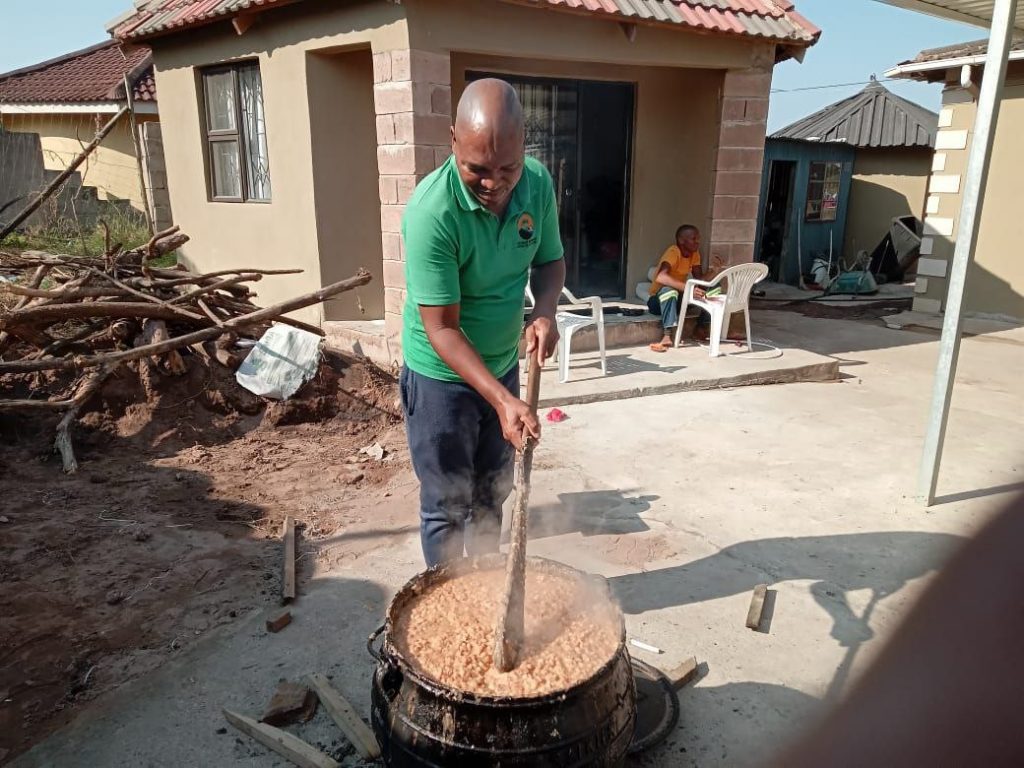
Ultimately, this data will enable us to further develop our food relief efforts, continually improving the quality and impact of our food distribution. It is our intention to share emerging technologies on food cultivation to all players in this food rescue and hunger relief space, ensuring transparency and accountability to both donors and the beneficiaries we serve.
Systemic change and collaborative efforts
While food rescue provides an immediate solution to hunger, sustainable change requires more than short-term relief. We are actively engaging with a wide range of partners – government agencies, universities, companies across the food ecosystem, logistics companies, and community organisations – to tackle the systemic root causes of malnutrition. Through these collaborations, SA Harvest is working to influence policy, raise awareness, and drive educational initiatives that empower communities with the knowledge to make healthier food choices.
This systemic approach is vital because, ultimately, tackling food insecurity requires transforming the entire food ecosystem. Whether it’s through influencing food production, distribution practices, or consumer education, organisations must work together to foster a food system where the right to nutritious food becomes a reality for everyone, not just the fortunate few.
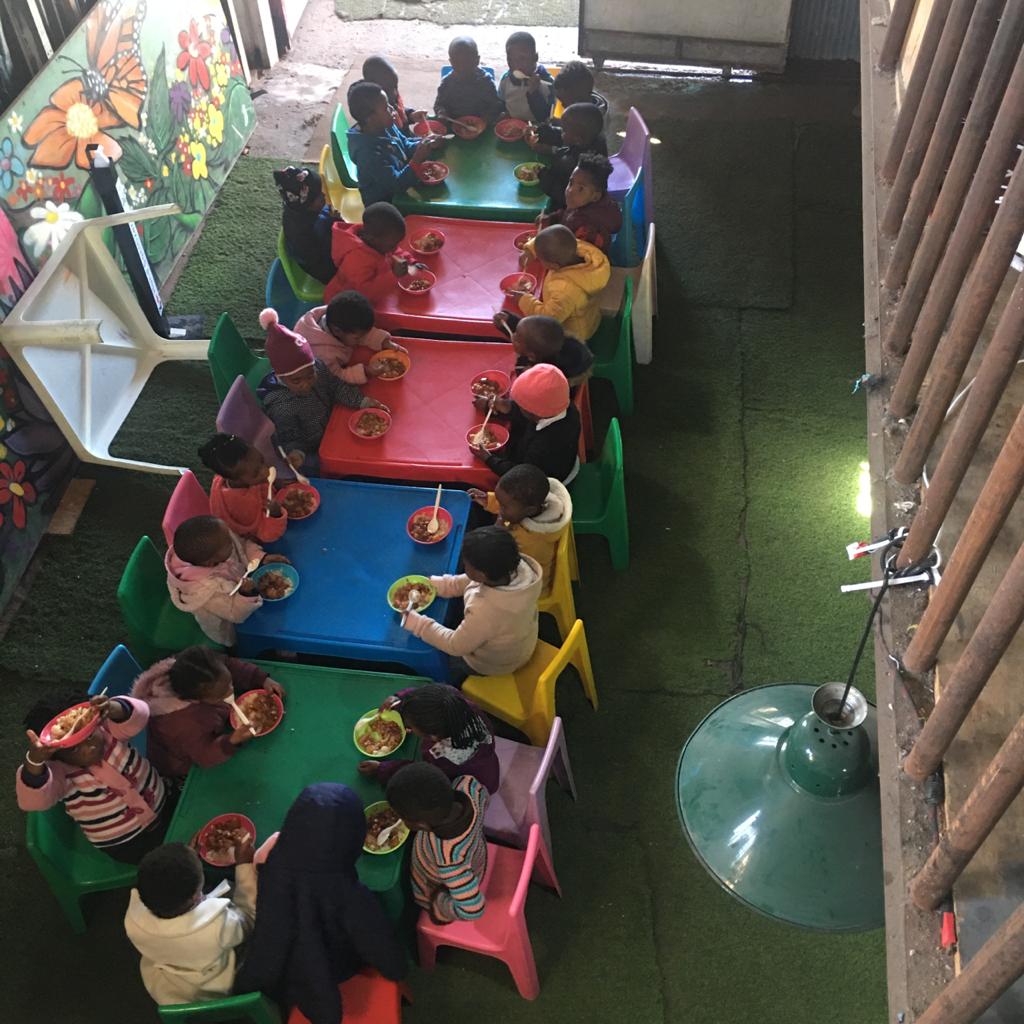
Looking forward: Nutrition as a national imperative
World Food Day 2024’s theme, ‘Right to foods for a better life and a better future’ (FAO), shines a spotlight on the importance of access to safe, affordable, and nutritious food as a foundational right. For South Africa, realising this right is not only about ending hunger but about building a healthier, more equitable society. The fight against malnutrition is not just a health issue; it’s an economic imperative. A malnourished generation will struggle to contribute meaningfully to the workforce, perpetuating inequality and slowing economic growth.
SA Harvest’s strategies, from rescuing surplus food to fighting for the right to food, are laser-focused on how we can begin to dismantle the systemic barriers that prevent millions from accessing nutritious meals.
Addressing malnutrition is more than just an act of charity; it is an investment in our collective future. Ensuring that every child in South Africa has access to healthy, balanced nutrition will unlock human potential on a grand scale – paving the way for a healthier, more prosperous nation.
In a world where the right to food is constitutionally enshrined yet far from realised, it’s time to rethink how we can turn this right into a living reality for all South Africans.
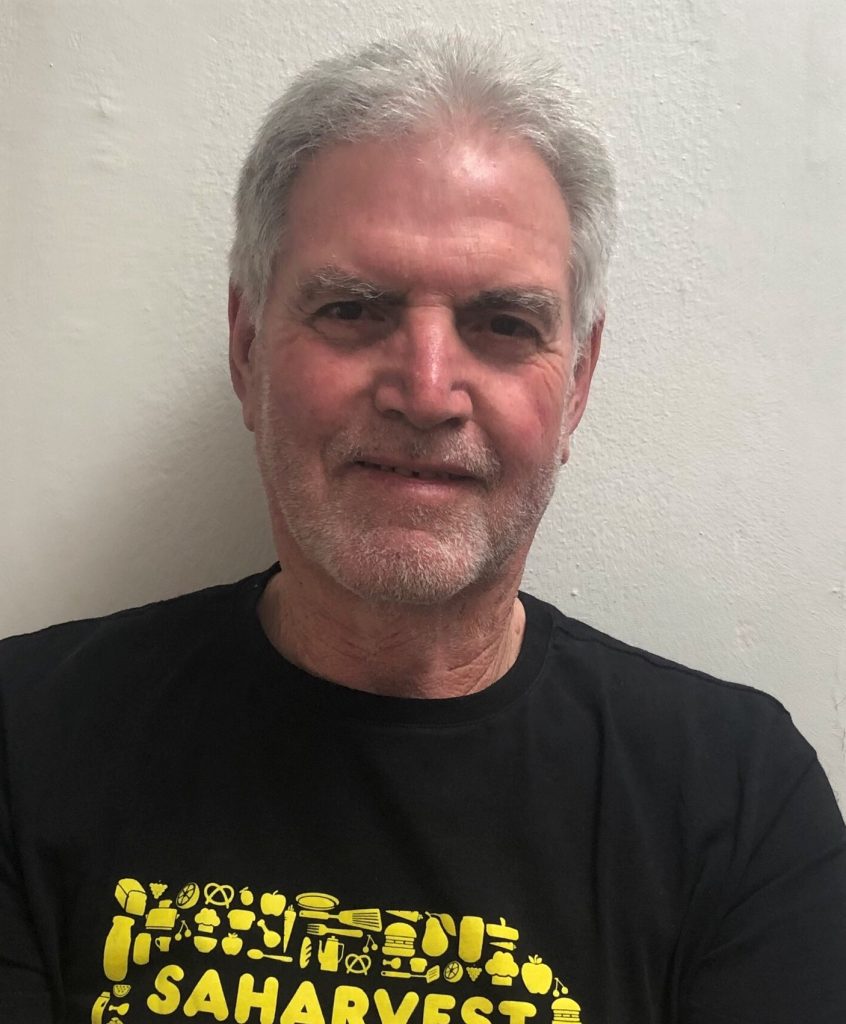
SA Harvest is a national food rescue and hunger relief organisation that celebrates its fifth anniversary on World Food Day, 16 October 2024. In the five years since its inception, SA Harvest has rescued 19 million kilograms of food from going to waste, delivered the equivalent of 63 million meals, and prevented over 1,2 million kilograms of methane gas emissions.
ALSO SEE: How you can fill the gap this World Food Day with FoodForward SA
How you can fill the gap this World Food Day with FoodForward SA
Words by Alan Browde, CEO and founder of SA Harvest.
Images: Supplied

